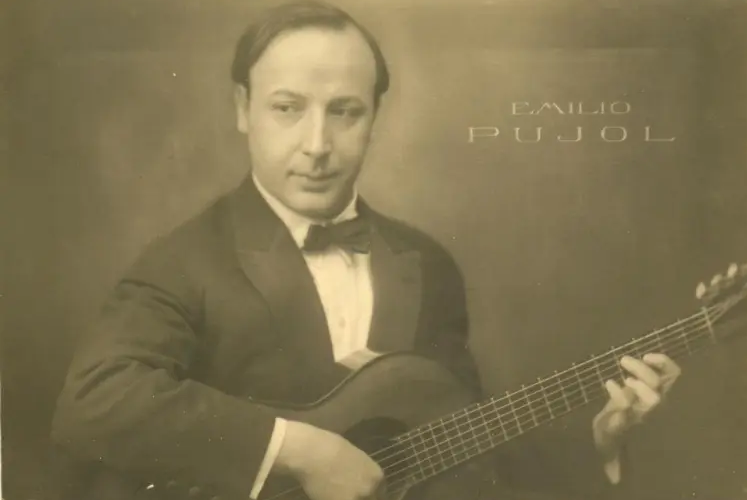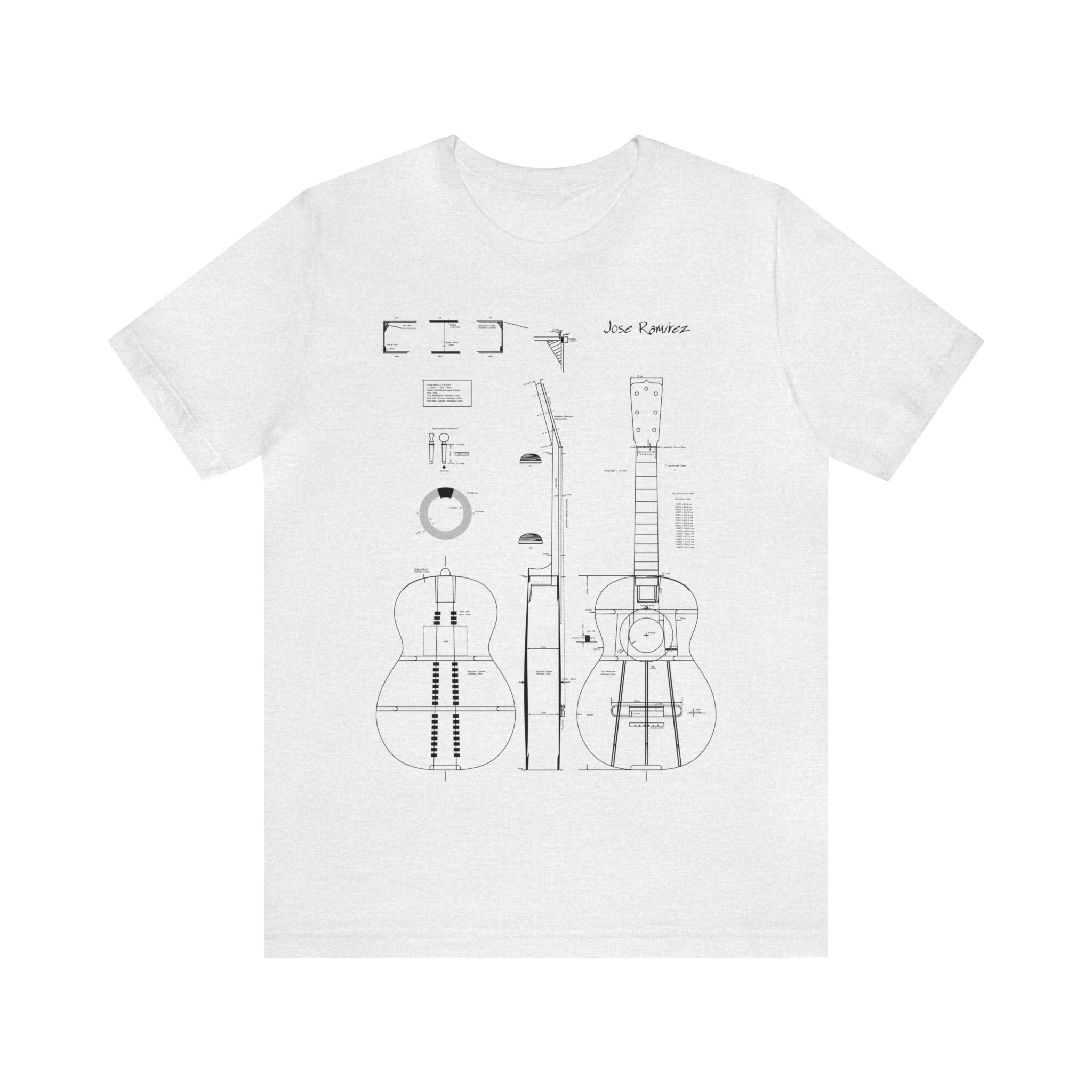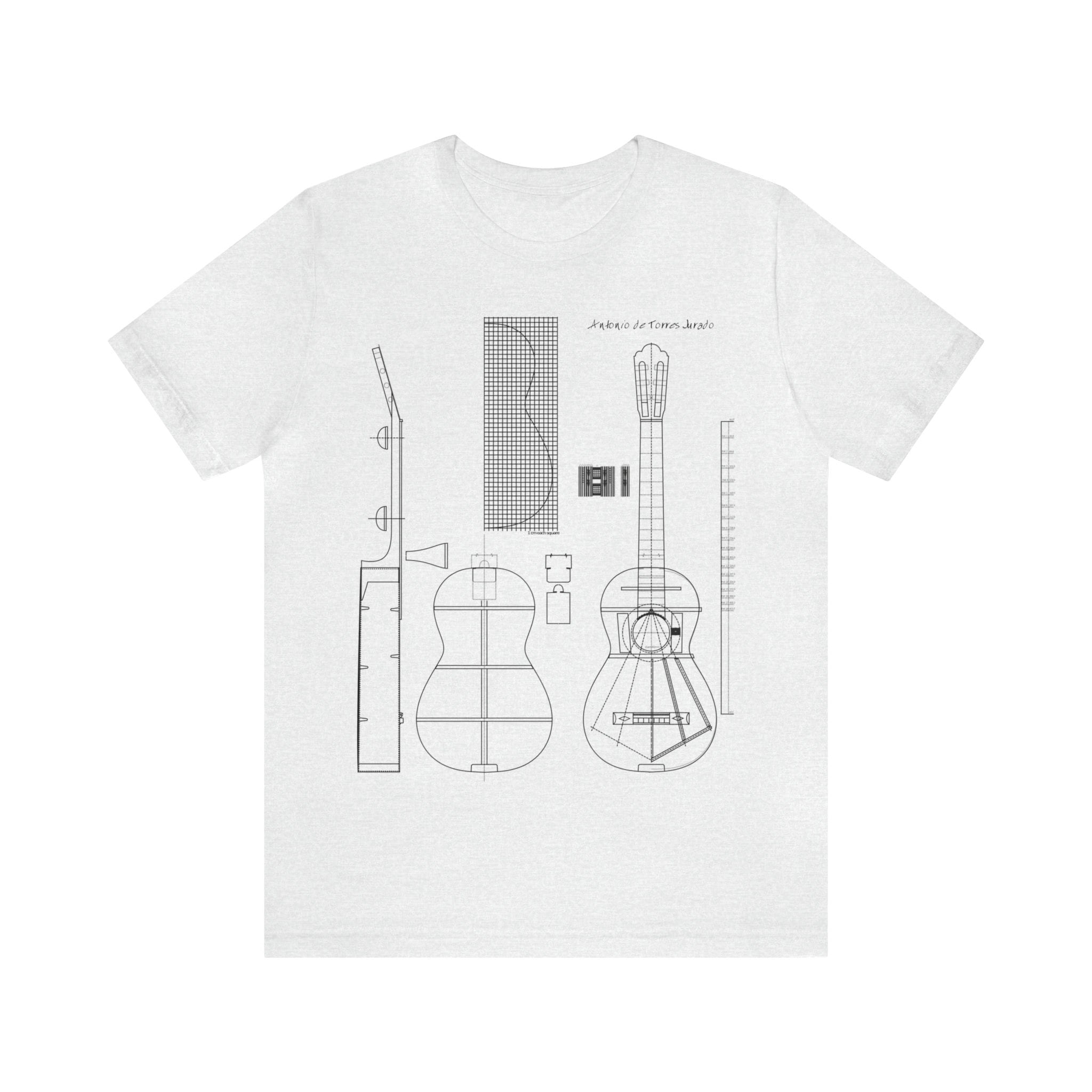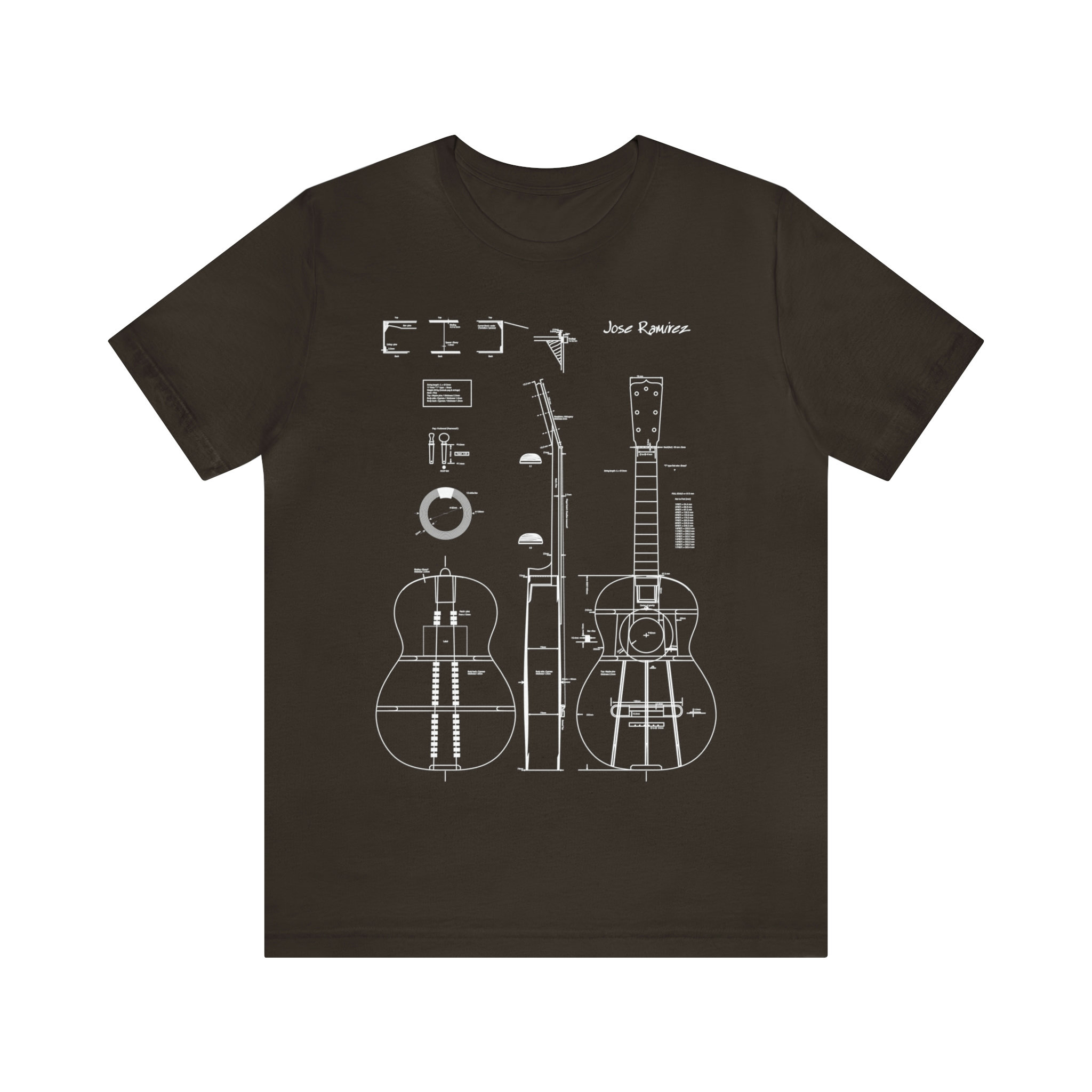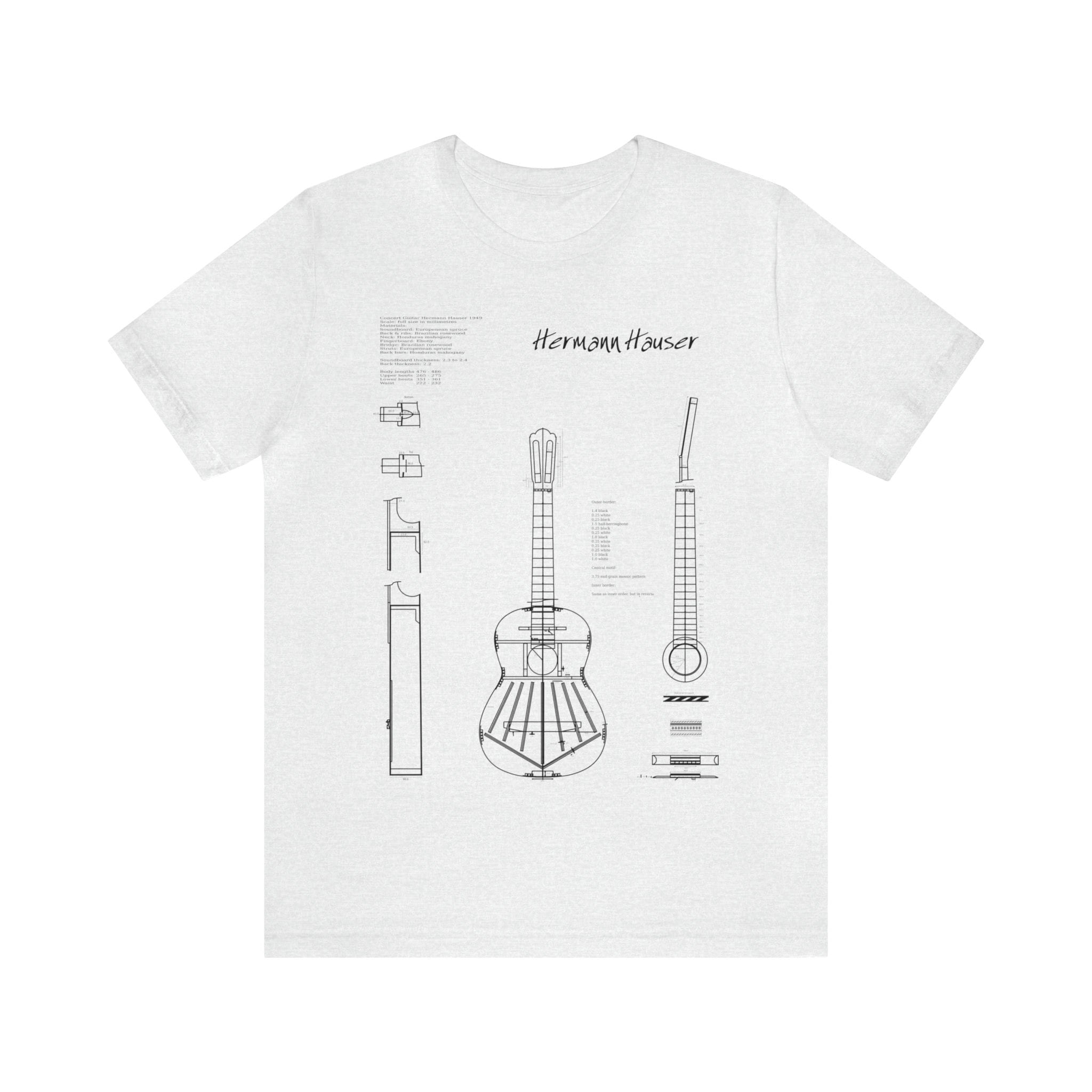Tarrega died before he could publish a guitar method at the request of the violinist Juan Manen. Pujol, who was his disciple from 1902 until his death in 1909, collected some of the exercises that he often improvised for his students.
He said: “Only a few exercises and studies have survived, scattered here and there among his friends and disciples, like lost sheets of an invaluable book that no one will be able to reconstruct in its entirety.” Pujol was probably the closest disciple of Tarrega, both as a man and as a guitarist. His inclination towards research and reflection seemed to destine him to fill the existing gap at that time in the field of methods, given the absence of guitar classes in conservatories.
Encouraged by Llobet, Pujol matured the idea of a method in the 1920s in which his work as a musicologist and composer would also be present, all imbued with a sense of heritage from the past and tribute to his Master. The preface by Manuel de Falla, reproduced in each volume, is the consecration. It expresses great admiration for the work and already predicts a important place in the history of the guitar.
Pujol declares: “Everything I have done with the guitar, I have tried to explain to myself in a rational way, without pretense.” This quote sheds light on Pujol’s rational and analytical approach. The method wants to be part of historical continuity; its justification is specified by the author: “We believe, however, that in all known works, even in those where the difficulties of the instrument are best exposed, an essential element is missing: the art of triumphing.”
The title: “Escuela Razonada de la Guitarra,” that is, “Rational School of the Guitar,” indicates well the author’s intention not only to address the technical elements to be acquired but especially the way to acquire them, which constitutes an innovation compared to the methods of the past. Pujol says in the preface of the work that it is intended “for the performer, for the teacher who may have a better theoretical than practical knowledge, for the good amateur who may be less technically demanding, and for the composer who wants to learn about the possibilities of the instrument.” However, in relation to the historical context, it seems to address the student in particular who is left to himself, either because he intends to approach the guitar alone, or because he cannot enjoy a quality education.
The role of the teacher and student is described as follows: “the student is to the teacher what the sick is to the doctor” (today we still talk about diagnosis); “the method will be the form that will provide all the means for healing. But for this, it is of utmost necessity that the student obeys faithfully and with thoughtful attention, and that the teacher strives not to falsify the treatment.” As for the student’s attitude, who is assigned a rather passive role in his relationship with the teacher, four qualities are indispensable: will, diligence, patience, and meticulous care.This comparison highlights the educational context in which the method was written. However, the goal sought is the acquisition of autonomy through listening and analysis: “As soon as the student is initiated into the technical analysis of works, he will find the procedures that will make him able to overcome the difficulties that might arise”. The student’s critical mind and listening skills are constantly solicited in a constant quest for quality. He is encouraged to analyze the works without the instrument, to memorize them and to sing.
The technique is a means and not an end in itself, mastery of the instrument opens the way to freedom of interpretation, hence the importance of giving oneself the means to master it through meticulous analysis of all gestures, hand education (strength, resistance, elasticity, synchronization, slurs, barrés, extensions), the development of physical abilities and musical culture.
Pujol points out the drawbacks of certain simplifying methods that limit the scope of the instrument, but he also ironizes in the introduction of his work on the dangers of a devouring passion leading to imprisonment: “The enthusiasm of its devotees [the guitar], sometimes turns into fanaticism the fanatic guitarist interchanges the terms: the guitar first, and then, if you have the time and mood, the music”.
Although Pujol considers Tarrega’s teaching as his spiritual, ethical, and technical heritage, his personal contribution to guitar teaching is considerable with his historical vision, reflection, description of the stages of learning, and the musical content of his method.
Classical Guitar
